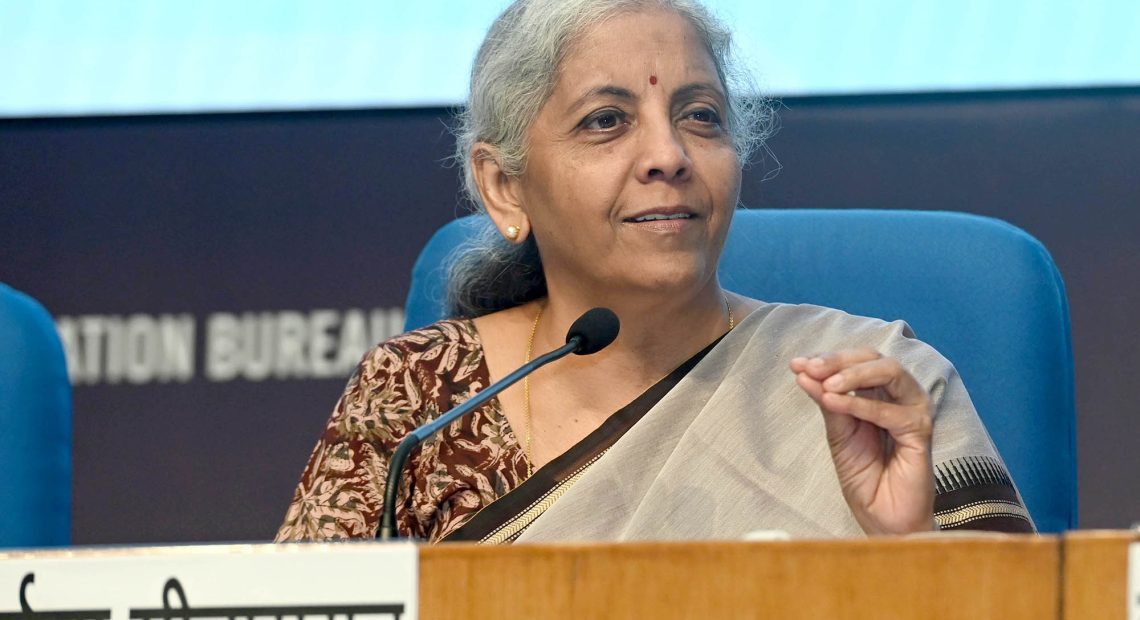
Govt Plans GST Revamp Following Tax Reforms
After announcing major income tax reforms in the Union Budget 2025, the government is now considering a revamp of the Goods and Services Tax (GST) structure to simplify compliance and enhance efficiency for businesses and consumers.
Proposed Changes to GST Structure
Currently, GST operates with four key slabs—5%, 12%, 18%, and 28%, with additional cess on sin goods and special rates for select items. The existing structure is being reviewed to simplify tax brackets and reduce compliance burdens.
The government is considering merging some of these slabs to create a simpler, more streamlined GST framework. The idea is to reduce complexities caused by dual tax rates on certain items, which often lead to disputes and confusion in tax classifications.
Need for GST Rationalization
Since its introduction in 2017, the effective revenue-neutral rate (RNR) of GST has declined from 15.5% to 11.6%, primarily due to exemptions and rate reductions over time. To address this gap, experts have suggested moving towards a three-rate GST system, making tax calculations and compliance easier.
The GST Council’s Group of Ministers (GoM) has been working on recommendations for rate rationalization. Although discussions have been ongoing since 2021, the final proposal has yet to be implemented. The government is expected to hold further consultations before making changes official.
Conclusion
The government’s push for GST simplification follows its recent income tax slab revisions, reinforcing its aim to reduce tax complexities and improve compliance. The upcoming changes are expected to benefit businesses and consumers, ensuring a more transparent and efficient tax system.


















